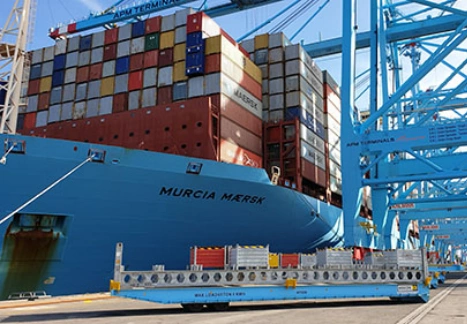In an increasingly interconnected world, the movement of goods across international borders is the lifeblood of global commerce. However, this process is governed by a complex web of regulations, paperwork, and procedures known as customs clearance. For any business involved in importing or exporting, understanding and mastering this critical step is not just a legal formality but a strategic imperative. A smooth customs clearance process ensures that your goods move efficiently, avoid costly delays, and comply with all relevant laws, directly impacting your bottom line and customer satisfaction. Partnering with a knowledgeable and experienced logistics provider can transform this potential bottleneck into a competitive advantage, ensuring your supply chain remains resilient and responsive.
Understanding the Fundamental Pillars of the Customs Process
At its core, customs clearance is the official procedure where government authorities authorize the import or export of goods. This process is designed to control the flow of commodities in and out of a country, ensuring the collection of appropriate duties and taxes and protecting the nation from prohibited or restricted items. The journey begins with the accurate and timely submission of a comprehensive set of documents. The most crucial of these is the commercial invoice, which details the value of the goods for duty assessment. This is accompanied by the packing list, the bill of lading or air waybill, and certificates of origin. Each document must be meticulously prepared, as even minor discrepancies can lead to inspections, fines, or seizure of the cargo. The role of a customs broker is indispensable here; they act as your licensed representative, interfacing with customs officials on your behalf to navigate the intricate regulatory landscape and ensure full compliance.

The Critical Importance of Accurate Classification and Valuation
Two of the most pivotal and often challenging aspects of customs clearance are product classification and valuation. Internationally, goods are classified under the Harmonized System (HS) code, a standardized numerical method used by over 200 countries. Correctly identifying the correct HS code for your product is non-negotiable. It determines the rate of duty, eligibility for trade agreements, and whether the goods are subject to any import restrictions or quotas. An error in classification can result in substantial financial penalties and significant shipment delays. Similarly, customs valuation—the process of determining the correct value of the goods for duty purposes—follows a strict set of rules established by the World Trade Organization. The declared value must reflect the true price paid or payable for the goods. Ensuring accuracy in these two areas is the bedrock of a compliant and cost-effective customs strategy, safeguarding your business from unforeseen expenses and legal complications.
Leveraging Expertise for a Streamlined and Compliant Supply Chain
Given the high stakes involved, attempting to manage customs clearance without specialized expertise is a considerable risk. This is where the value of a dedicated logistics partner becomes undeniable. A proficient provider offers more than just form submission; they offer strategic guidance and proactive management. They stay abreast of the constant changes in international trade laws, tariff schedules, and security filing requirements. Their expertise allows them to conduct thorough pre-checks of your documentation, identify potential red flags, and advise on the most efficient and economical routes for your cargo. Furthermore, they manage the entire communication channel with customs authorities, resolving any queries swiftly to prevent demurrage and detention charges. By entrusting this complex function to specialists, your business can focus on its core operations with the confidence that its international shipments are in expert hands, ensuring a seamless, reliable, and fully compliant flow of goods to their final destination.

 Good
Good
 Aug 16 2025
Aug 16 2025


 Home
Home





 Email:
Email:
 Address: 216, Building A1, Fuhai Industrial Zone, Fuyong Community, Fuyong Street, Baoan District, Shenzhen, China
Address: 216, Building A1, Fuhai Industrial Zone, Fuyong Community, Fuyong Street, Baoan District, Shenzhen, China



